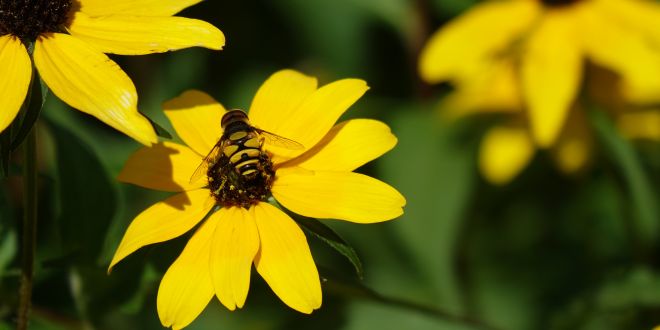NEW YEAR’S RESOLUTIONS FOR YOUR RIVER
As long-time Friends of the Rouge know, a watershed is all the area of land that drains into a particular river. Whenever it rains or the snow melts, those water drops soak into earth or travel across land to join their kin in the nearest creek or tributary.
Our Southeast Michigan watersheds are the Huron River, Rouge River, Clinton River, River Raisin, and Ecorse Creek Watersheds. All of these nets of nomadic water empty into the Detroit River (which has its own watershed). Detroit River waters flow into Lake Erie, then travel through the Niagara River, merging into Lake Ontario, narrowing again into the St. Lawrence River, and releasing finally into the Atlantic Ocean.
Imagine how all these networks of waterways provide habitat for countless life forms in and out of the water: fish, plants, insects, wildlife, macroinvertebrates, humans, and microscopic life. The web of life relying on these ever-flowing bodies of water is diverse, beautiful, and extensive.
“Everything you do on the land affects the water quality in the Rouge,” said Annette DeMaria, PE, former Executive Director of Alliance of Rouge Communities.
Friends of the Rouge exists because humans haven’t always revered the importance of a healthy watershed. In the not-too-distant past, industries dumped so much pollution into our waterways that the Rouge caught on fire in 1969. Thanks to public outcry, the Clean Water Act was passed in 1972, limiting and regulating outflows of wastewater into our Rouge River.
Nowadays, river stewardship organizations and caring individuals across the country are focused on eliminating non-point source pollution – pollution that comes from everyday human activities across the watershed. This means that each resident has a great opportunity to make new year’s resolutions that continue to improve water quality for our own Rouge River.
Here are some ways you can be an Everyday Watershed Steward.
- If you see water pollution (oil on the surface, a foamy appearance, or other discoloration) don’t hesitate! Report it right away through the Michigan Department of Environment, Great Lakes, and Energy (EGLE) – Pollution Emergency Alerting System (PEAS) hotline 800-292-4706. Go ahead and put this number in your phone now!
- Minimize the amount of de-icing material you use.
- If your property is adjacent to a waterway, plant a swath of native plants along the shoreline. This riparian buffer provides the added benefit of reducing geese on your property; geese prefer a lawn that goes all the way to the water’s edge.
- Redirect downspouts away from pavement and towards landscape areas or into rain gardens.
- Minimize impervious surfaces wherever possible. Use permeable pavers or remove pavement wherever possible. Research shows that rivers become degraded if there is more than 10% impervious cover in their watershed.
- Volunteer, donate, or become a member of your local watershed, native plant, or environmental organization.
- Learn more about protecting watersheds, and share what you know with friends, family, and colleagues.
- “Public outcry” over pollution led to our landmark environmental protections. Your voice is powerful! Attend your City Council meetings. Advocate for the use of green stormwater infrastructure, more efficient de-icing methods, native plant ordinances, and other environmental ordinances wherever you can.
“…And still, pressed deep into my mind, the river
keeps coming, touching me, passing by on its
long journey, its pale, infallible voice
singing.”
“At the River Clarion” by Mary Oliver, from Evidence: Poems, Beacon Press
As we journey alongside the rivers in our life on earth, may we all become even better friends of the river, bringing more vibrancy and joy into our own lives in the process.
Categories
-
 BlogRead the latest blog posts from your FOTR team.
BlogRead the latest blog posts from your FOTR team.
